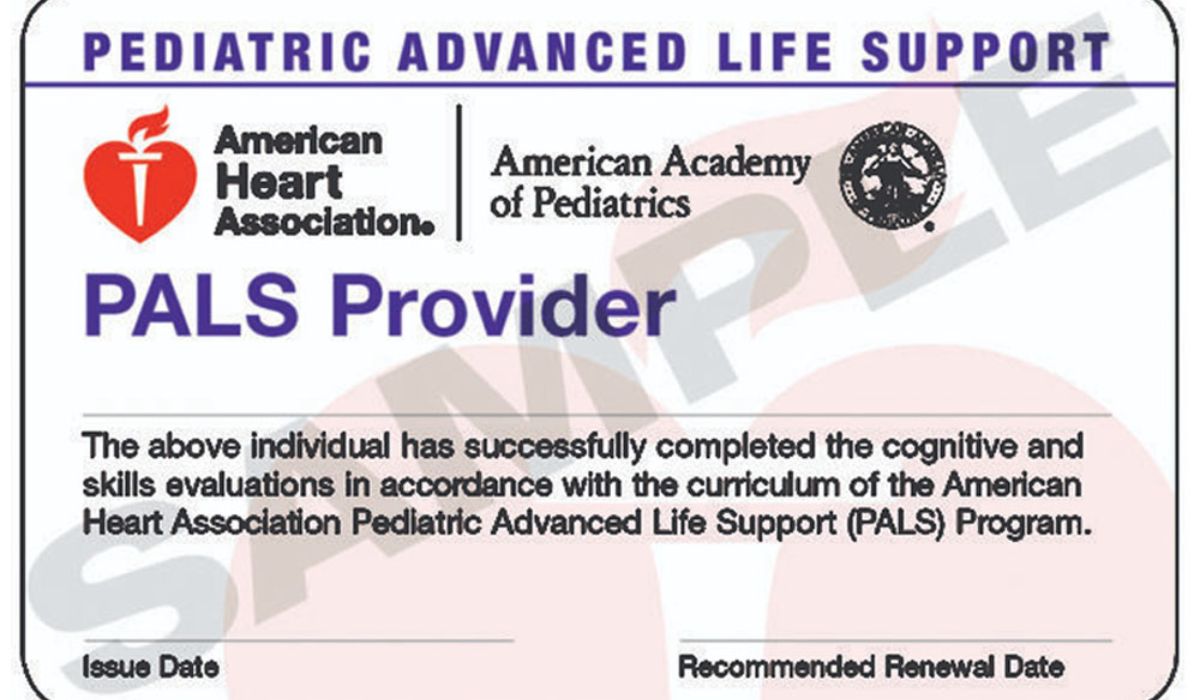
PALS Certification Saves The Day: Treating Pediatric Chest Pain
PALS Certification Is Key To Treating Pediatric Chest Pain
Chest pain can be scary for anyone, no matter their age. When a child has chest pain, it can be even scarier because we don’t always know why. That’s why healthcare professionals need to have PALS certification. PALS gives us the tools to assess and treat pediatric chest pain. At Illinois Safety, our goal is to ensure that your child gets the best possible care. If you’re looking for PALS certification near me, call us at (630) 290-4280 or visit our page!
What To Know About Pediatric Advanced Life Support Certification?
Are you a doctor or want to be a doctor? Would you like to save kids’ lives? If so, it might help you to be certified in PALS, but what is PALS certification? We will explain PALS, its benefits, and how you can get it.
What Is PALS Certification?
Illinois Safety teaches the PALS certification course to people who work in the medical field. The course teaches people how to take care of children who are very sick or hurt. They learn how the heart beats differently and how to open the airway. When the course is over, they have to take a written test. In a simulated clinical setting, they must also show that they know what they are doing. To keep their certification, people have to recertify every two years.
Why Get Certified PALS Pediatric?
There are many reasons why medical professionals choose to get certified in PALS. PALS helps people who work in health care learn how to care for children in different settings. It is also required for many jobs in the medical field. Getting certified in PALS could help you get the job you want or advance your career.
How Can I Get Certified In PALS?
If you want to be certified in pediatric advanced life support, you have to go through a lot of steps. But you can take the PALS certification online. First, you must be a doctor who is already licensed. Next, you need to take an AHA-approved course in a class or online. You also must pass a test with questions about what you learned. If you study hard and do well on the test, then you will be PALS-certified!
Who Needs This Training?
Some hospitals require their staff to have a PALS certification to show they know how to help kids. They may have to renew this test every two years or so. This test is called PALS for Pediatric Advanced Life Support.
It is tough to learn how to work in a children’s hospital. The courses teach you what to do in an emergency. When you finish the course, you take an exam. If you pass it, you become certified. You have to renew your certification every two years.
You can get PALS certification if you want to learn how to help young patients better. To do this, you must meet some requirements and then take a course from an approved organization.
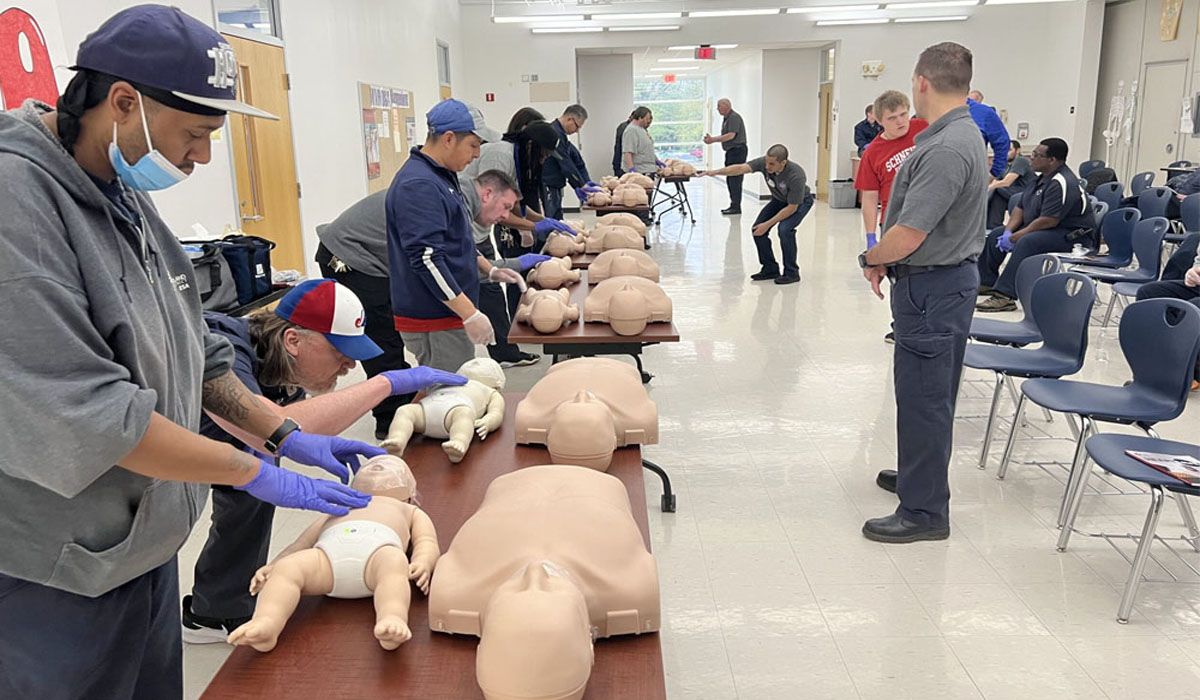
5 Ways PALS Certification Can Help Your Pediatrician Career
If you are a pediatrician, you know there is a way to be better at treating children. Please get this certification. Here are some ways it can be helpful.
1. PALS Certification Boosts Job Prospects
If you want to become PALS certified, you should take a course to get certified by Illinois Safety. If you are a pediatrician, doctors and nurses will like you more and enjoy having you around.
2. PALS Certifies Evidence-Based Care
You need to know what is the best way to take care of your patients. You can decide to get certified or just do what everybody else does. Either way, it won’t matter because you’re already dead.
3. PALS Certification Updates You On Pediatric Care Guidelines
It is very important to keep up with the latest care standards. If you do, you will give better care to your patients. And if you’re a pediatrician, it’s also suitable for your job.
4. PALS Certification Boosts Clinical Confidence
Being PALS certified gives you confidence. You know that you can handle any medical emergency that may arise when you’re with a patient.
5. PALS Certification Is Accepted Nationwide
If you ever decide to move or change jobs, having PALS certification will make the process much easier. It’s good to be able to get certified as a PALS. Certified people can still work after a few years without being tested again. They only have to take a test if they want to work elsewhere. Getting PALS certified is a win-win for both you and y our patients!
If you’re a pediatrician, getting PALS certified is a no-brainer! Getting certified in the medical field can help you in your career. It also shows that you are committed to providing high-quality care. Take your time; get certified!

What Are The Benefits Of PALS Certification?
Getting certified in the medical field can help you in your career. It also shows that you are committed to providing high-quality care.
You Will Be Prepared For An Emergency
PALS certification can help you save a life in an emergency. If a child is choking or stops breathing, you will know what to do and how to do it quickly and effectively. This could mean the difference between life and death for a child.
You Will Be Able To Provide Care For Kids
Not all children are the same. Some are healthy, while others have medical conditions that need special care. But no matter what a child’s medical history is, if you are PALS certified, you will be able to give them the care they need. When you become a PALS, you will know about kids’ health and how to care for them.
Improved Job Security
Hospitals and medical care centers want good nurses to care for their patients. PALS certification means you are a quality worker. Having this certification on your resume will make finding and keeping a job easier.
Increased Earning Potential
PALS-certified medical professionals tend to earn more money than those without certification. Companies want to pay more to employees who have worked hard and learned a lot. You should study hard and learn a lot. If you’re looking to boost your earnings, becoming PALS-certified is a great way to do it.
Improved Patient Care
Pediatricians want to treat children who are in pain. By studying for the PALS certification, you can learn how to take better care of hurt children. This, in turn, will lead to improved patient outcomes and satisfaction.
Becoming a certified PALS is suitable for your career. You can get a better job and get paid more if you are certified than if you are not.
Why Choose Us?
We’re firefighters and paramedics. We also teach people how to be firefighters and paramedics. We teach people how to save lives using our experience as firefighters and paramedics. We offer CPR, bloodborne pathogens, BLS, ACLS, and PALS classes at your school or business. See our Facebook page to see where we have done them. Contact us if you want us to do one at yours.
With the help of PALS certification from Illinois Safety, we will save more lives. If you or your team are interested in getting PALS certified, visit our page for a free estimate. Or call us at (630) 290-4280 if you have questions. We can help you learn the skills you need to care for young patients.
Illinois Safety Offers The Services As Follows:
Other Articles We’ve Hand-Picked For You:
Frequently Asked Questions
If you can’t feel a pulse (or aren’t sure), start CPR with 30 compressions followed by two breaths. If you feel a pulse but it is less than 60 beats per minute, you should start CPR.
Vascular access is required for the delivery of resuscitative fluids and medications to the arrested victim. The first priority, however, is to establish adequate ventilation with BLS support of circulation.
PALS is intended for infants and children under the age of one (puberty or 8). Adult CPR is applicable after that age, and given body weights (averages), adult doses can be safely applied.
Unlike BLS and ACLS certifications, PALS focuses on providing critical care to critically ill or injured infants and children. A PALS certification is a more advanced training program than CPR or BLS.
Squeeze the breastbone. Push down 4cm (for a baby or infant) or 5cm (for a child), about one-third of the chest diameter. Release the pressure and quickly repeat at a rate of 100-120 compressions per minute.
CPR (CardioPulmonary Resuscitation) – First Aid Checking the scene and the person, calling 911 for assistance, opening the airway, checking for breathing, chest compressions, delivering rescue breaths, and repeating CPR steps are the seven steps of CPR (cardiopulmonary resuscitation).
The pediatric chain of survival consists of five components: cardiac arrest prevention and early recognition, early access (activation of the emergency medical system), early high-quality cardiopulmonary resuscitation, early defibrillation, effective advanced life support, and post-cardiac arrest care.
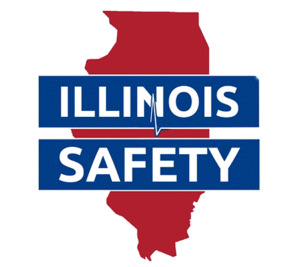
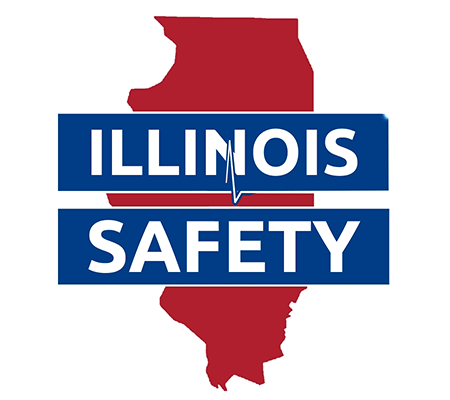
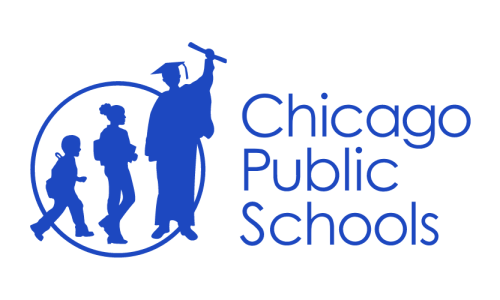
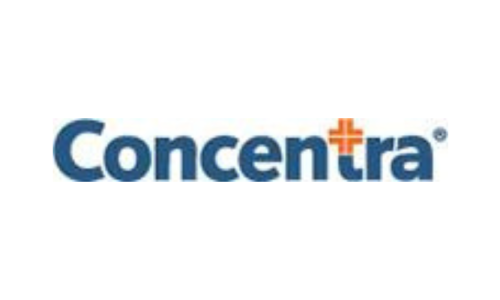
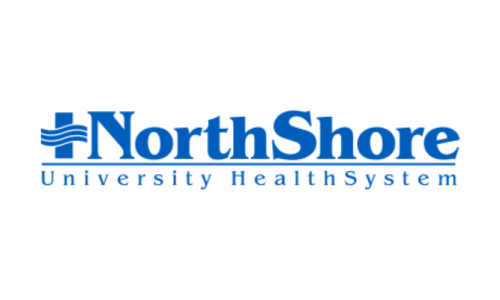



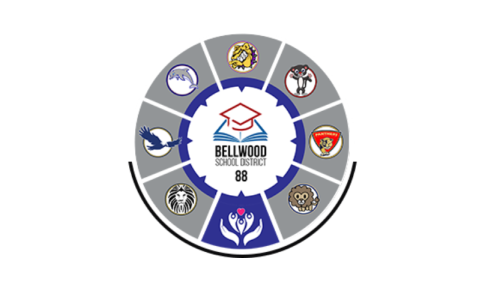
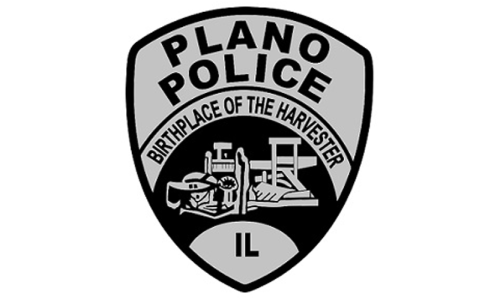
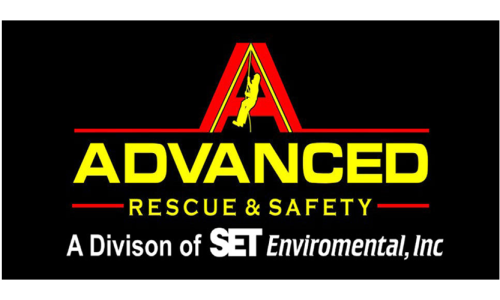
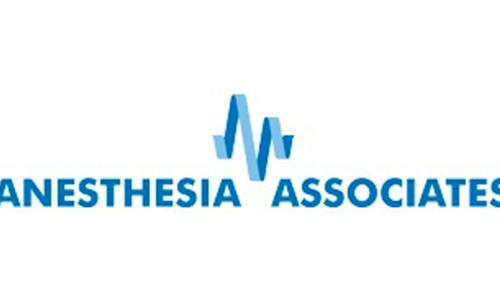
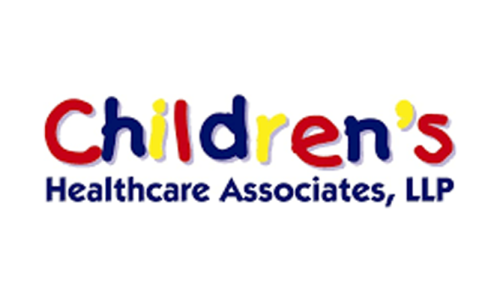
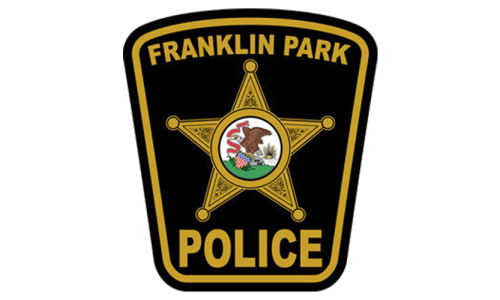


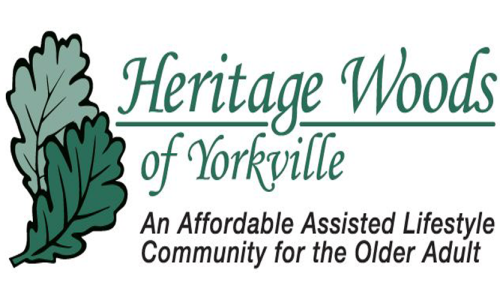
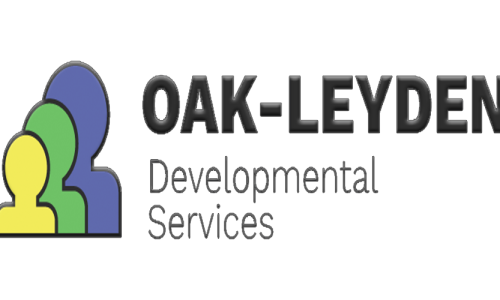
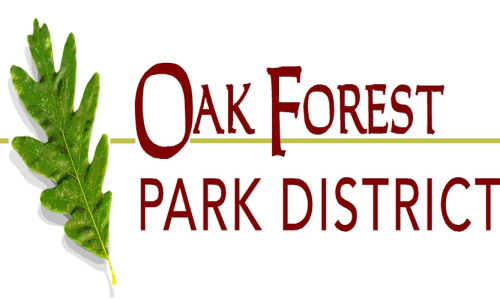

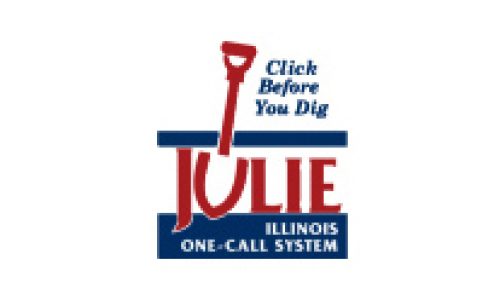


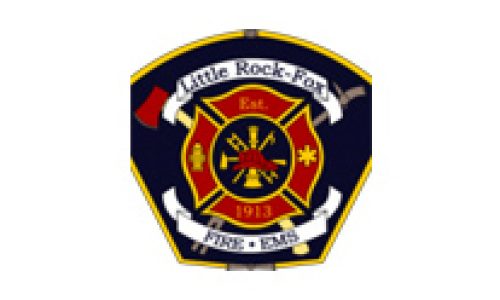
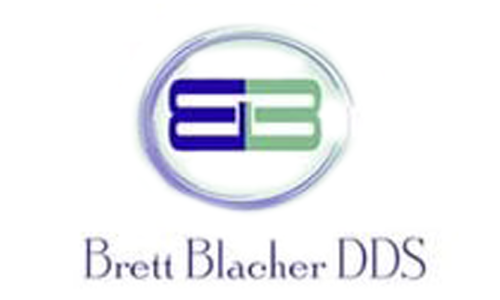

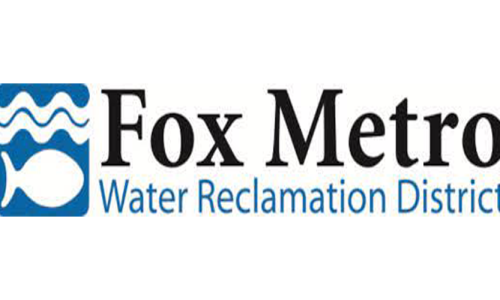



 Powered by
Powered by